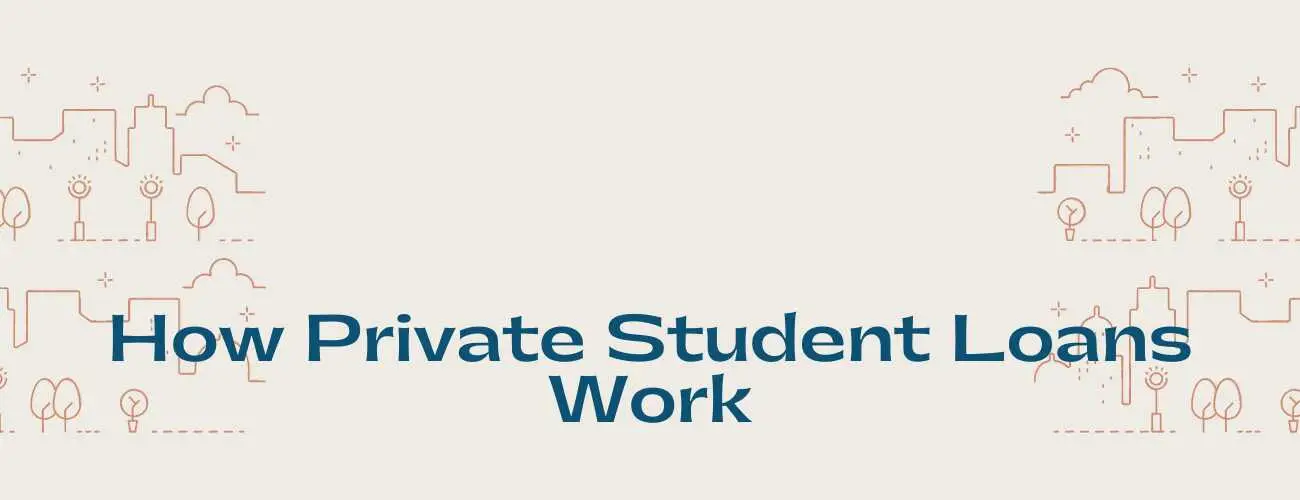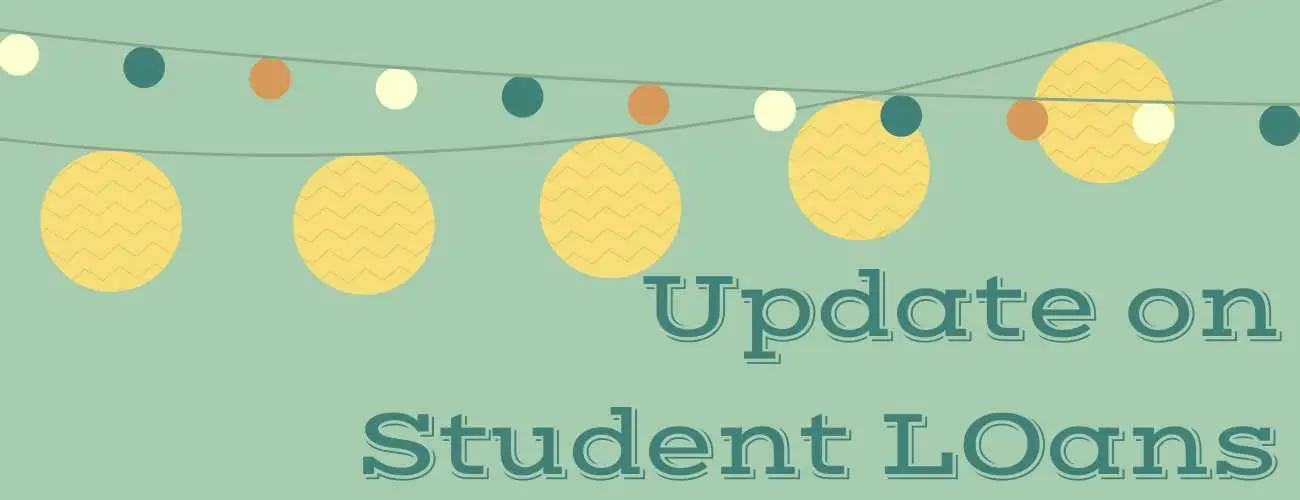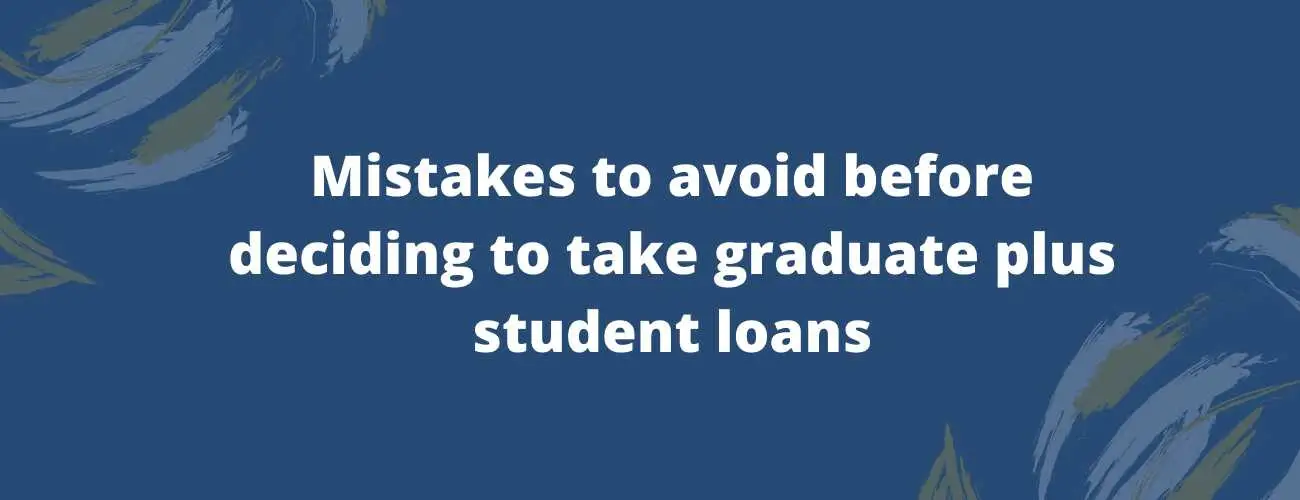Interest Free Student Loans - Do they exist?
Student loans are a great way to help manage rising tuition costs. But the only problem with them is the interest rates associated with them. Do interest free student loans exists? Let's find out. Learn more about the interest rates on federal and private student loans and much more.
Updated by Chandni Agarwal on 31st August 2020
With the rise in tuition costs, covering expenses for college can be challenging for most people trying to get a college degree. Apart from the tuition, there are several expenses to be met like room, board, books, and much more.
To combat this, you can take out student loans. Student loans are outstanding in helping to cover tuition and other expenses. But these loans come with an interest rate, ever asked yourself if you can get an interest free student loan? Do they exist? Where can you get one? Let’s find out.
Table of contents
- Interest rates on federal student loans
- Interest rates on private student loans
- How does student loan interest rate work
Interest rates for Federal Student loans
The interest rates are fixed for the life of the federal student loan from July 2006. Existing loan interest rates will not be affected even if Congress revaluate the rates every year.
The most common type of Federal student loan is Stafford loans. Interest rates on Stafford loans for Undergraduates in 2017-2018 were 4.45%, and the interest rates on Stafford loans for Graduates in 2017-2018 were 6%. Your interest rate is not accumulated until you are in school if your Stafford loan is subsidized(based on financial needs) rather than unsubsidized loans.
Students can also qualify for Perkins loans if they are from low-income families. These loans are somehow more manageable as they have a fixed interest rate of 5%. While you are in school, no interest rate is accumulated.
There is another type of Federal Student loan, which is PLUS Loans, for which parents and graduates are eligible. The interest rates in this type of loan are highest, of 7%.
Current interest rates for federal student loans
The interest rate varies for all loans, depending on the type of loans and its first disbursement date. Below there is a table that provides interest rates for Direct Subsidized Loans, Unsubsidized Direct Loans, PLUS Loans first disbursed on and after July 1, 2019, and before July 1, 2020.
Regardless of the first disbursement date, Perkins loans have a fixed interest rate of 5%.
|
Loan type |
Borrow type |
Fixed interest rates |
|
Direct subsidized and unsubsidized |
Undergraduate |
4.53% |
|
Direct Unsubsidized |
Graduate/Professional |
6.08% |
|
Direct PLUS |
Parents/Graduates/Professional Studies |
7.08% |
All the interest rates in the above charts are fixed-rate and will not change for the life of the loan.
Worried about your college tuition? Learn more about student loans
Interest rates for private student loans
As compared to federal student loans, the interest rates in private student loans are almost always high. The market became much more expensive, suddenly with the historically low lending rates in 2017-2018.
The students who still need the money, but have reached the borrowing limit on federal loans, it is important for them. It also helps students with good credit score, co-signer with a good credit score and could be eligible for the lowest rates available from private lenders.
A survey from six lenders- CommonBond, Discover, Sallie Mae, SoFi, Ascent, SunTrust, has fixed rates ranging from 4.75% to 15.14% while variable rates from 3.40% to 13.09%.
Interested students who are considering private student loans, should keep a close eye on the interest rates. If the available rates are 3% to 4%, then it can be one of the best options compared to federal student loans.
You may start at a low rate in variables rates but end up having a double-digit rate.
To determine the interest rate in private student loans is a big factor, which is acquired from the banks, credit union, or online lenders. In contrast, on the other hand, the credit score is not a factor in federal student loans as the government funds it.
The private student loan interest rate mainly depends on your credit ratings, whereas in federal student loans, the interest rate is set by Congress. You can pay a higher interest rate for a private student loan then in the federal loan if your credit score is below 690. Similar to any loans, higher credit score and income will get the best rates and higher borrowing amount.
As it is a student loan, And undergraduates may don’t any established credit score and income, for private student loans, a co-signer may be required. In some cases, when the borrower doesn’t have a co-signer. Lenders consider career and income potential while assessing their loans.
How Does Student loan interest rate work?
Depending on whether the loan is private or federal, the interest rates work differently. Every borrower opting for the same type of federal loan in a particular year has the same interest rate for federal loans. In contrast, borrowers having a higher credit score will generally qualify for lower interest rates, and borrowers with a low credit score will get higher rates in private loans.
Federal Student Loans:
-
Based on the 10-year Treasury note, the interest rate is set yearly by Congress
-
Most have fees charged as a percentage of the total amount
-
Rates are fixed for the life of the loan
Private Student Loans:
-
Credit-based interest rates are there
-
Most of the private lenders don’t charge an origination fee
-
Both fixed or variable interest rate are available for the borrower
-
Variable rates can change monthly or quarterly
How are interest rates calculated?
The daily interest formula determines the amount of interest accumulated on your loans between your monthly payment. In this formula, your outstanding principal balance is multiplied by the interest rate factor and multiplying that result by the number of days since you made your last payment.
Simple daily interest formula:
Interest amount= (Outstanding Interest Balance* Interest Rate Factor) * No of Days Since Last Payment
What is the interest rate factor?
The interest rate factor calculates the amount of interest accumulated on your loan. It is determined by dividing your loan’s interest rate by the number of days in a year.
Average Student Loan Interest Rate
According to a 2017 report by New America, a nonprofit, nonpartisan think tank, the average student loan interest rate is 5.8% among all households with student debt. Which includes both the federal and the private student loans- about 90% of student debt is federal.
With a 5.8% interest rate on $30,000of student loans, a borrower would pay about $9,600 in interest throughout ten years.
According to the report, the average student loan interest rate is higher among some groups. For Example- the borrower who didn’t complete their college, the average rate among them is 6.3%, whereas 6.6% among households with income less than $24,000.
The weighted average interest rate is the rate you will have if you consolidate your loans with the federal government, in case you have multiple student loans with different rates. Refinancing with a private lender can lower your average interest rate while consolidation can’t.
What is the capitalization, and how does it relate to interest?
The unpaid interest added to the principal balance of the loan is called capitalization. When you make payments on your federal student loan, all the interest rates accumulated between monthly payments will be covered when you make your monthly loan payment, and you will not have any unpaid interest. But under certain circumstances, the interest rate can also be accumulated. During a period of deferment, you are not required to make monthly payments. Still, if you have unsubsidized loans, during the deferment period, interest will be accumulated on loan, and you will have to pay the interest.
Your lender may capitalize the unpaid interest when you don’t the interest accumulated during the period when you are responsible for paying the interest rates. This increases the outstanding principal amount on loan. The overall cost of the loan is increased as the interest is charged on that higher principal balance. Capitalization can also be one of the causes to increase your payment amount, depending on your repayment plan.
Unpaid interest is usually capitalized
-
following periods of- deferment on an unsubsidized loan or the forbearance on any loan.
-
following the grace period on an unsubsidized loan
-
If you voluntarily leave the Revised pay as you earn(PAYE) or Income-Based Repayment(IBR) plans
-
If you fail to update your income for some of the Income-driven plans annually
-
If you are repaying your loans under the PAYE or IBR plans and no longer qualify to make payments based on income.
For Example, the interest rate accrued per day is $1.86 on an amount of $10,000 Direct Unsubsidized Loan with an interest rate of 6.8%. The loan will be having the accumulated interest of $340 if you are in a deferment period of six months, and you haven’t paid your interest, so it has been accumulated. Hence, you will be charged the interest rate on the increased outstanding principal balance of $10,340, as at the end of the deferment, the accrued interest of $340 is capitalized. This will cause an increase in the amount of interest per day to $1.93. Depending on your repayment plan, the capitalization of your unpaid interest may also increase your monthly payment amount.
How much amount should I pay towards my outstanding principal balance?
Until all outstanding interest rate is paid, no payments you make will satisfy any loan principal. You can know how much interest rate is accumulated since your last payments. You can figure out how much of your payment will be applied to your outstanding principal balance when you subtract the amount of accrued interest from your monthly payments and other outstanding interest.
For Example- the interest rate accrued per day is $1.86 on an amount of $10,000 Direct Unsubsidized Loan with an interest rate of 6.8%. Let us assume that you are repaying your loan under Standard Repayment Plan, and your monthly payment is $115. If it is 30 days since you last paid your loans, and during your last repayment no interest was outstanding, then $55.80 interest amount is accrued, subtracting this amount from $115 in a total of $59.20, the amount of your payment that would be applied to your outstanding balance of $10,000.
Are there any fees for Federal Student Loans?
A percentage of the total loan amount is a loan fee for most of the federal student loans. While enrolled in school, the loan fee is deducted proportionately from each loan disbursed from what you will receive. This means the money you will receive will be less than what you borrowed. You will not just only pay the amount you received but the whole amount you have borrowed.
|
Loan type |
Direct Subsidized |
Direct Unsubsidized |
Direct PLUS |
|
Date |
on or after 10/01/19 and before 10/01/20 |
on or after 10/1/18 and before 10/1/19 |
on and after 10/1/19 and before 10/1/20 |
|
Loan fee |
1.059 |
1.06% |
4.24% |



93.jpg)


28.jpg)
